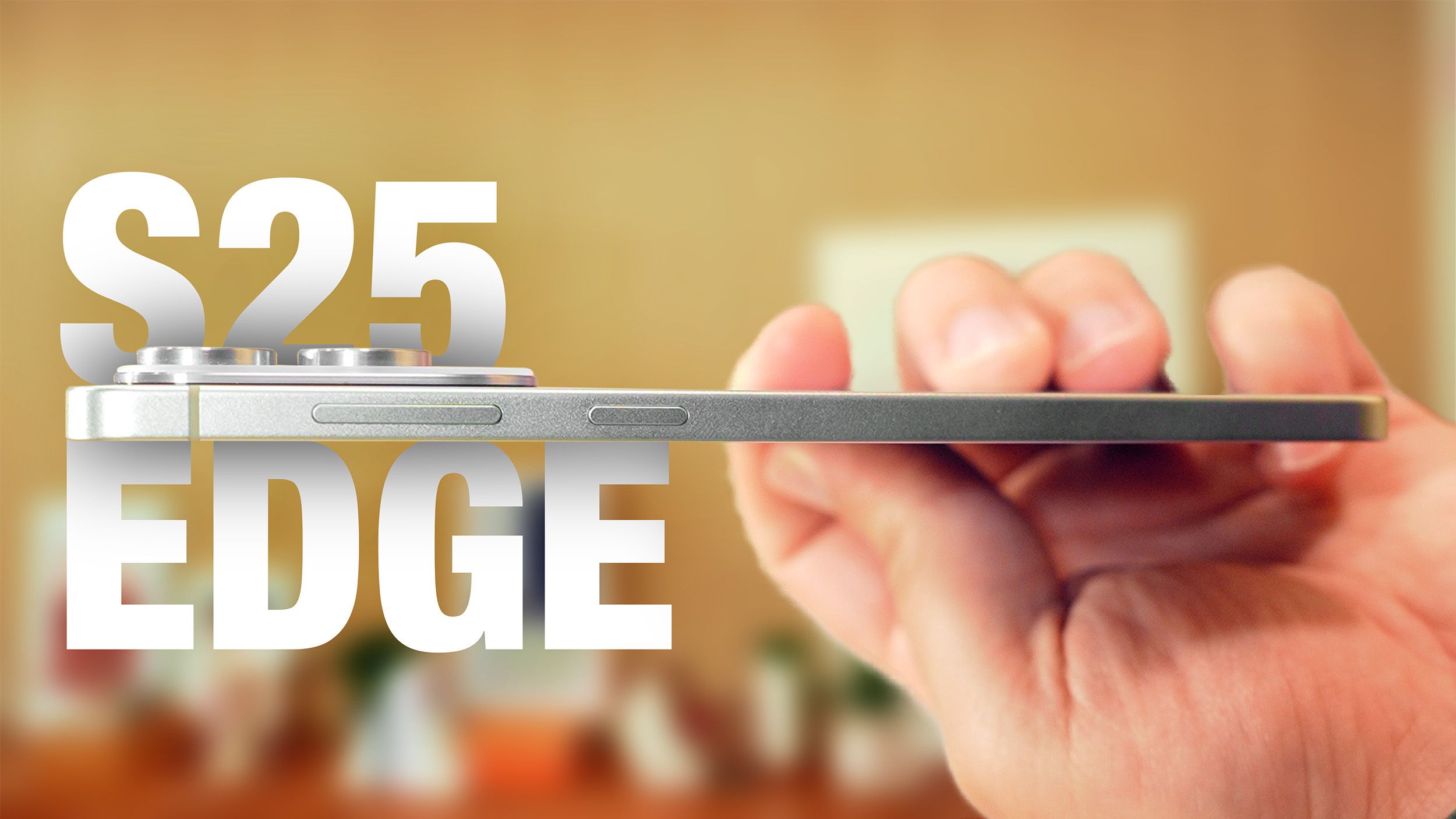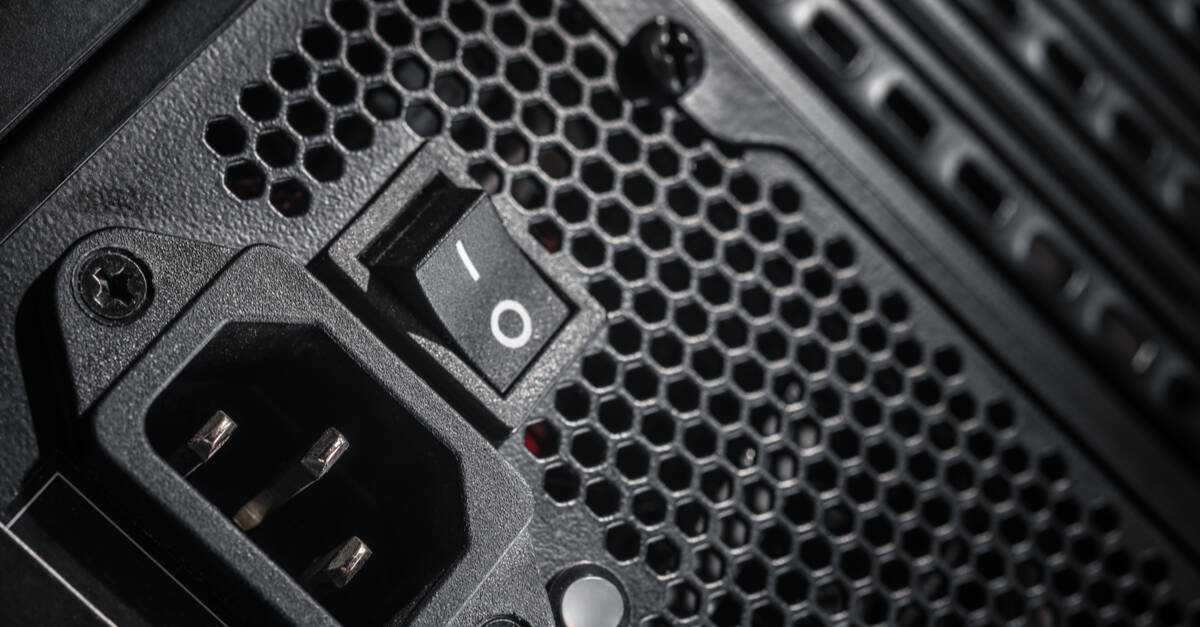
Can’t Sign Up for Windows 10 Security Updates? Here’s the Fix
If you’re struggling because you can’t sign up for Windows 10 security updates, you’re not alone. Security updates are essential to keep your computer protected against vulnerabilities and cyber threats, so it’s critical to resolve these issues quickly. In this guide, you’ll find straightforward steps to fix this problem and make sure your Windows 10 device stays updated and secure.
Table of Contents
- Why You Can’t Sign Up for Windows 10 Security Updates
- Fix #1: Run the Windows Update Troubleshooter
- Fix #2: Check Your Internet Connection
- Fix #3: Clear the Windows Update Cache
- Fix #4: Reset Windows Update Components
- Fix #5: Manually Download Security Updates
- Keeping Windows 10 Updated
- FAQ
Why You Can’t Sign Up for Windows 10 Security Updates
There are several reasons why you might not be able to sign up or download Windows 10 security updates. Common causes include corrupted update files, problems with Windows Update services, network connection issues, or conflicts with third-party software like antivirus or VPNs. Understanding these root causes helps you apply the right fix efficiently.
Fix #1: Run the Windows Update Troubleshooter
The first thing you should do when you can’t sign up for Windows 10 security updates is to use the built-in Windows Update troubleshooter. It scans your computer for common issues and attempts to fix them automatically.
- Go to Settings > Update & Security > Troubleshoot.
- Select Additional troubleshooters.
- Click on Windows Update and then Run the troubleshooter.
- Follow the on-screen instructions until the process completes.
After running the troubleshooter, try updating again to see if the problem is resolved.
Fix #2: Check Your Internet Connection
A reliable internet connection is essential for Windows Update to work properly. If your connection is unstable or limited, updates might fail to download or install. Here’s what you can do:
- Test your connection speed and stability using an online tool.
- Restart your router or modem.
- Disconnect any VPN or proxy services temporarily, as these can interfere with update downloads.
- Try switching to a wired connection if possible for better reliability.
Fix #3: Clear the Windows Update Cache
Sometimes, Windows Update cache files can become corrupted, preventing updates from installing. Clearing the cache resets the update files and often resolves the issue.
- Press Windows + R, type
services.msc, and press Enter. - Locate and right-click Windows Update, then click Stop.
- Open File Explorer and navigate to
C:WindowsSoftwareDistributionDataStore. - Delete all files and folders inside the
DataStorefolder. - Return to the Services window, right-click Windows Update, and select Start.
Restart your PC and try checking for updates again.
Fix #4: Reset Windows Update Components
If clearing the cache doesn’t help, resetting Windows Update components via Command Prompt can fix deeper issues.
-
- Open Command Prompt as an administrator.
- Run the following commands one by one, pressing Enter after each:
net stop wuauserv net stop cryptSvc net stop bits net stop msiserver ren C:WindowsSoftwareDistribution SoftwareDistribution.old ren C:WindowsSystem32catroot2 catroot2.old net start wuauserv net start cryptSvc net start bits net start msiserver
- Close Command Prompt and restart your computer.
Check for updates once more to see if the issue is fixed.
Fix #5: Manually Download Security Updates
If all else fails, you can manually download and install security updates from the Microsoft Update Catalog.
- Visit the Microsoft Update Catalog website.
- Enter the KB number of the update you want (this can be found in the Windows Update history or error messages).
- Download and install the update manually following the prompts.
This method ensures you get the required security fixes even if Windows Update isn’t cooperating.
Keeping Windows 10 Updated
Regularly installing security updates is vital to protect your data, privacy, and system stability. To keep your Windows 10 PC up to date:
- Enable automatic updates in Settings > Update & Security > Windows Update > Advanced options.
- Check for updates manually every week.
- Use antivirus software that does not interfere with Windows Update.
- Keep backups of your important files before major updates.
Staying proactive will reduce the chances of running into update problems in the future.
FAQ
Why does Windows 10 fail to install security updates?
Windows 10 can fail to install updates due to corrupted system files, network problems, insufficient storage space, or conflicts with third-party software.
Is it safe to reset Windows Update components?
Yes, resetting Windows Update components is a safe and common troubleshooting step. It simply clears out corrupted files and restarts update services.
Can I skip Windows 10 security updates?
You should never skip security updates because they fix vulnerabilities that protect you against malware and hackers.
What if I still can’t sign up for updates after trying these fixes?
If issues persist, consider contacting Microsoft Support or visiting reliable forums for further assistance. Reinstalling Windows 10 may be a last resort.
Now that you know how to fix the problem when you can’t sign up for Windows 10 security updates, keep your system protected by staying current on patches. If you found this guide helpful, please leave a comment below, share it with your friends, or explore our other detailed Windows tips and fixes!


